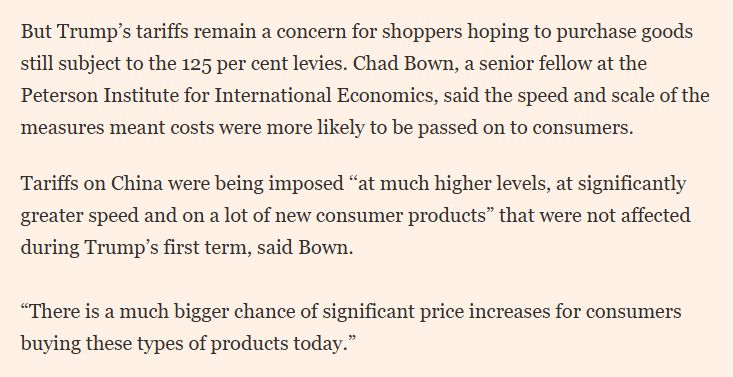Nassos Stylianou
@nassosstylianou.bsky.social
6.3K followers
810 following
42 posts
Visual stories reporter at the Financial Times | Previously at Global Energy Monitor and before that senior data journalist at BBC News
www.nassosstylianou.com
Posts
Media
Videos
Starter Packs
Reposted by Nassos Stylianou
Reposted by Nassos Stylianou
Reposted by Nassos Stylianou
Reposted by Nassos Stylianou

















